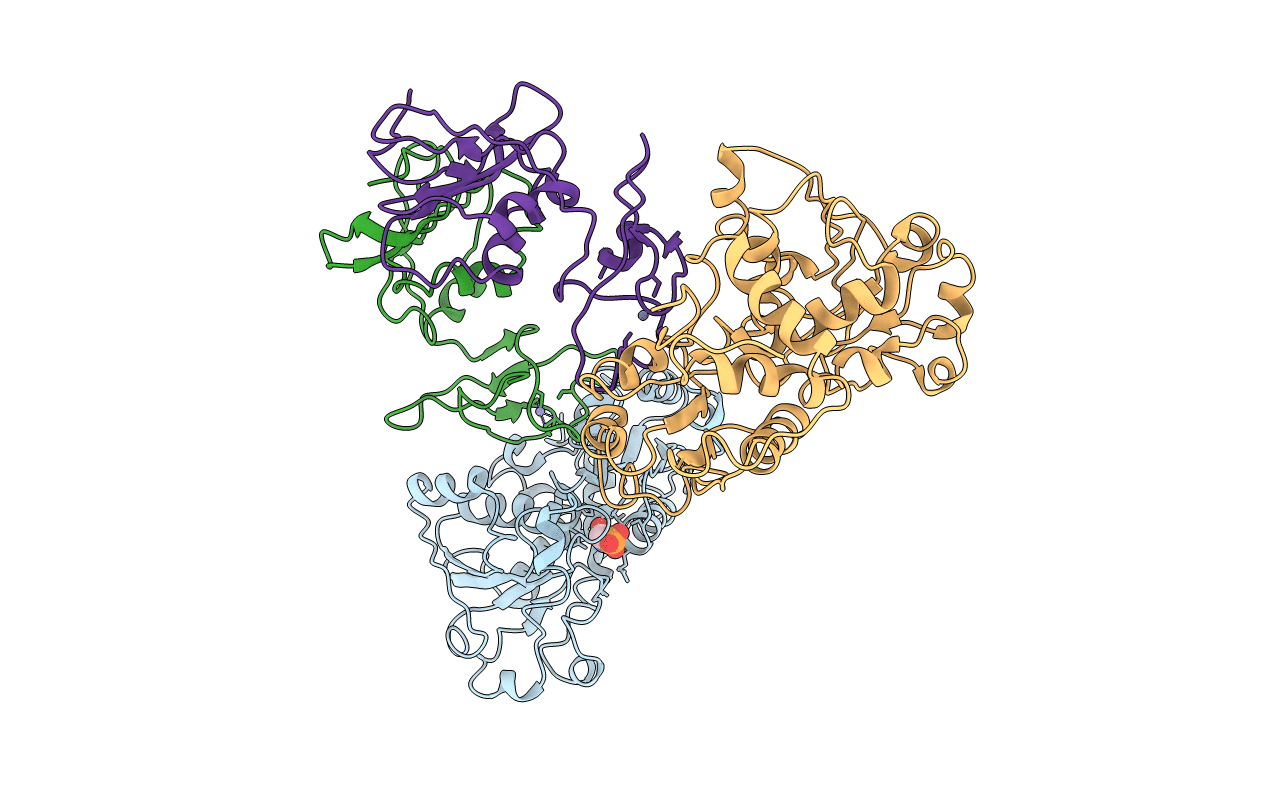
Deposition Date
2005-06-16
Release Date
2005-09-27
Last Version Date
2024-11-13
Entry Detail
PDB ID:
2A0F
Keywords:
Title:
Structure of D236A mutant E. coli Aspartate Transcarbamoylase in presence of Phosphonoacetamide at 2.90 A resolution
Biological Source:
Source Organism:
Escherichia coli (Taxon ID: 562)
Host Organism:
Method Details:
Experimental Method:
Resolution:
2.90 Å
R-Value Free:
0.27
R-Value Work:
0.21
R-Value Observed:
0.21
Space Group:
P 3 2 1


